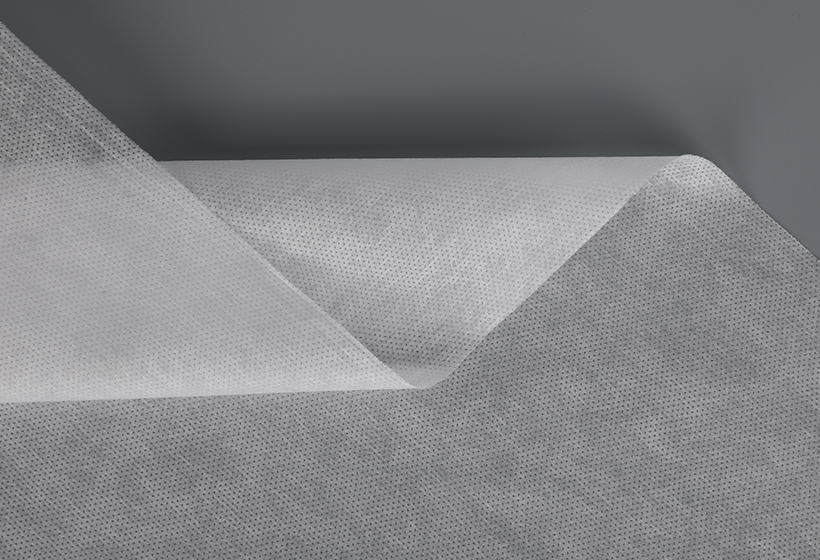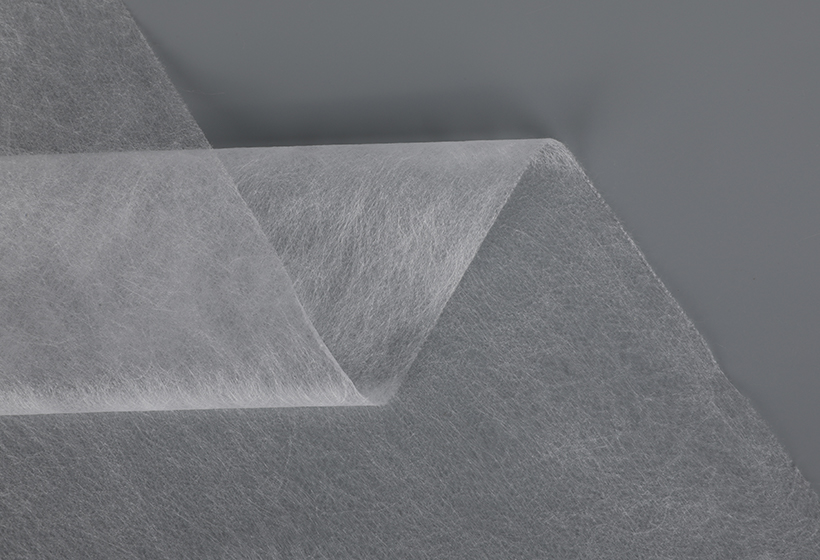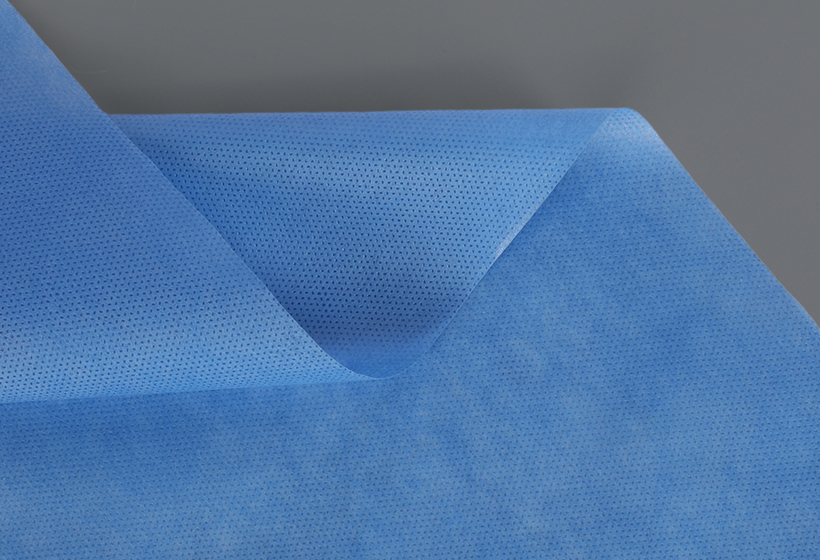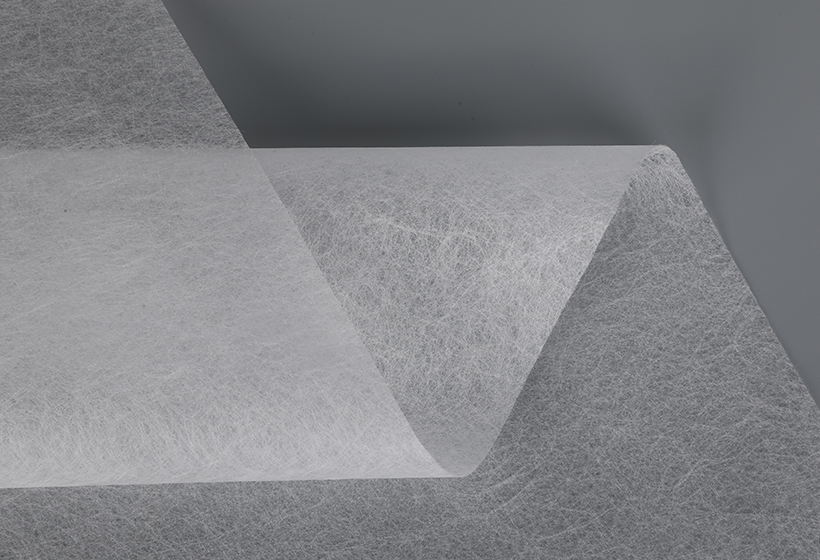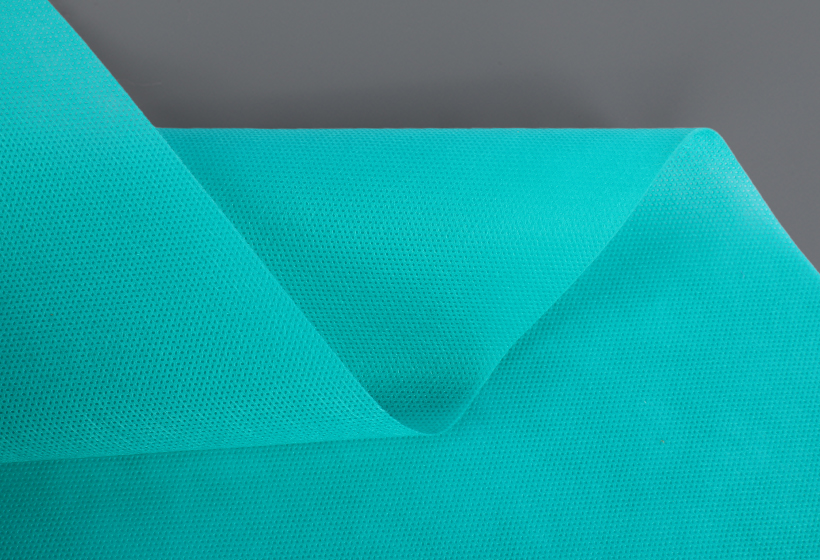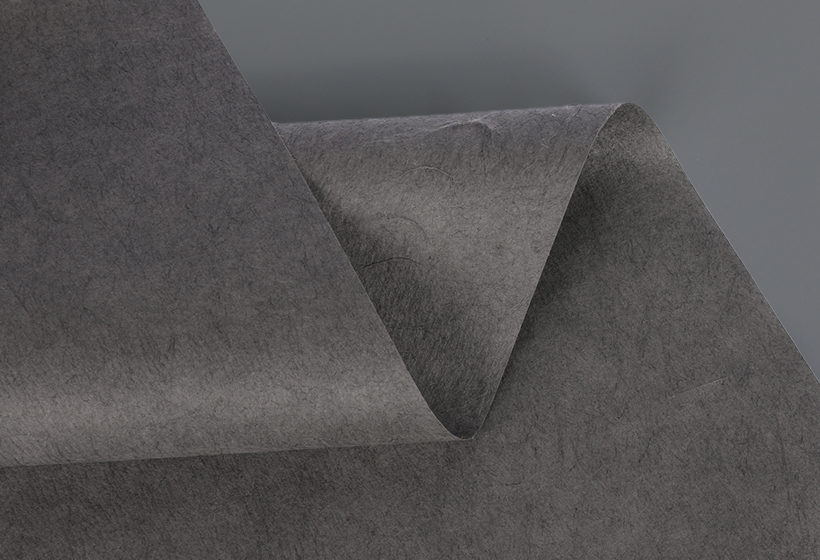The Many Uses of Non-Woven Fabric
Among the many benefits of nonwoven fabric, its low cost and easy maintenance make it a favorite of consumers. While this fabric is not the most attractive option, it is highly functional in a wide range of applications. In addition to home textiles, nonwovens are useful in industries and fields where disposable products are critical, such as in hospitals, nursing homes, schools, and luxury accommodations. Nonwovens are often recycled, allowing them to be used over again.
A nonwoven fabric's thin structure and anti-static properties make it an ideal choice for clothing. These materials are resistant to high temperatures in the dryer and gradually release special softeners or fragrances to clothes. In addition, surgical gowns are made of nonwoven fabrics and are worn by surgeons during lengthy operations. This material is renowned for being sterile and preventing the spread of diseases. It is also highly resistant to abrasions and is therefore used extensively in a variety of medical applications.
A non-woven fabric has a paper or felt-like appearance. The hand feels firm and hard and can be as thin as tissue paper, but many times thicker. They may be transparent or opaque. Fabrication techniques may include heat bonding, sewing, or gluing. Their drapability is good to excellent and they may be dry cleaned. Several other non-woven fabrics are durable and cost-effective. Its softness can be enhanced with frequent washing or even machine drying.
Wool felt is the oldest non-woven fabric. It is made from animal hairs and short-staple fibers. Wool has natural hooks that resemble scales. When heated, wool fibres curl and lock together, creating a non-woven fabric that is used widely in medical masks, diapers, and feminine hygiene products. And the most popular uses for non-wovens are endless! If you're looking for a soft and luxurious fabric, non-wovens are the way to go!
A nonwoven fabric is usually flat, flexible, and of varying thickness. A nonwoven fabric made of natural fibers has properties similar to those of paper. It is stretchable, biodegradable, and absorbent. The fibers are bonded by mechanical, thermal, or chemical processes. In the former, an adhesive or thermo-binding agent is applied to the fabric. During this process, the binder is added in the form of a powder, paste, or polymer melt.
The versatility of nonwovens allows manufacturers to manipulate the fabric properties and create innovative solutions. By combining various fibers with a specific use, nonwoven fabrics are highly effective in achieving the right balance between cost and use-life. And with various finishing treatments, nonwovens are the preferred choice of fabric for a wide range of applications. In fact, a nonwoven can be used for a variety of different tasks, from furniture covering to sanitary napkins.
Since non-woven materials are natural, the use of nonwoven fabrics was first recorded in the 1940s. While they have several benefits, nonwoven fabrics are weaker and lighter than woven or knit fabrics. As a result, they are typically used for single-use products rather than long-term production. However, the low cost of production makes nonwoven fabrics a popular choice for single-use applications. And the versatility of nonwoven fabric makes it a valuable addition to clothing manufacturing.



 English
English Español
Español
